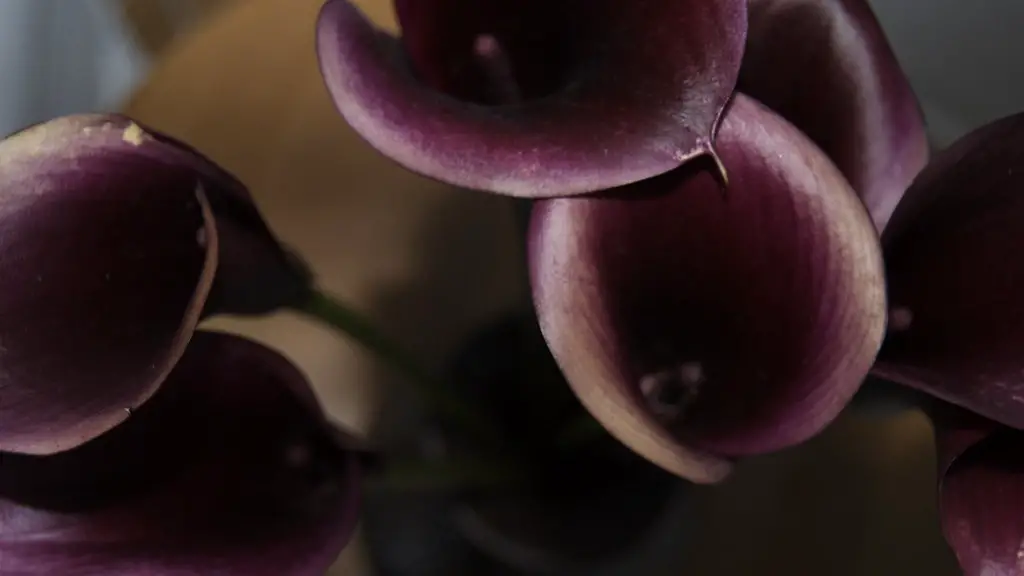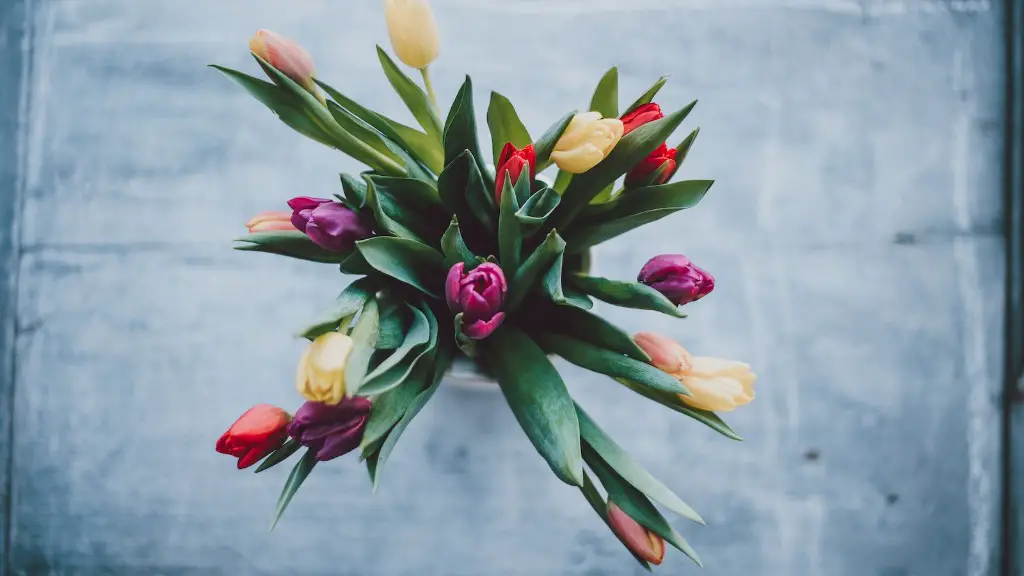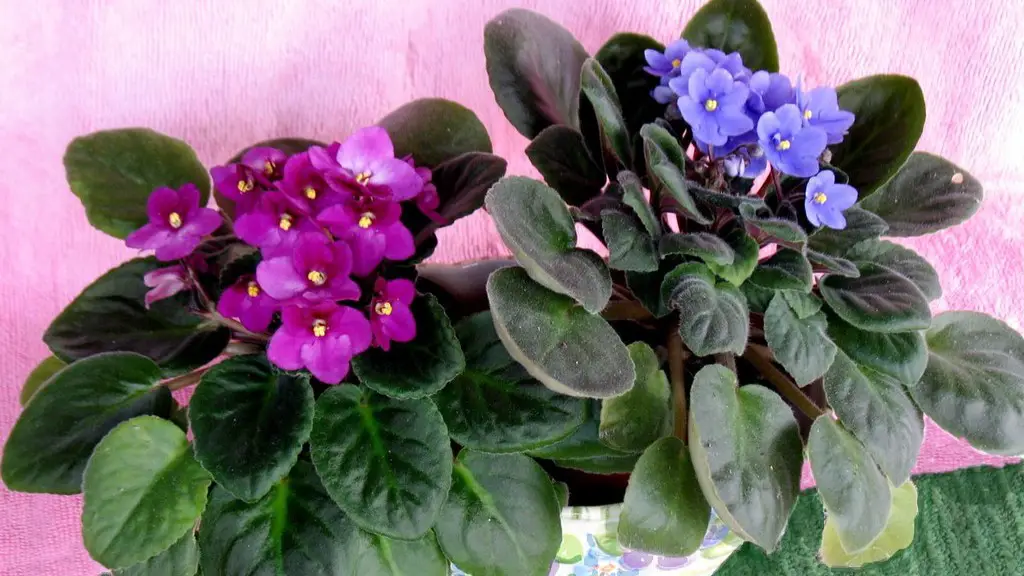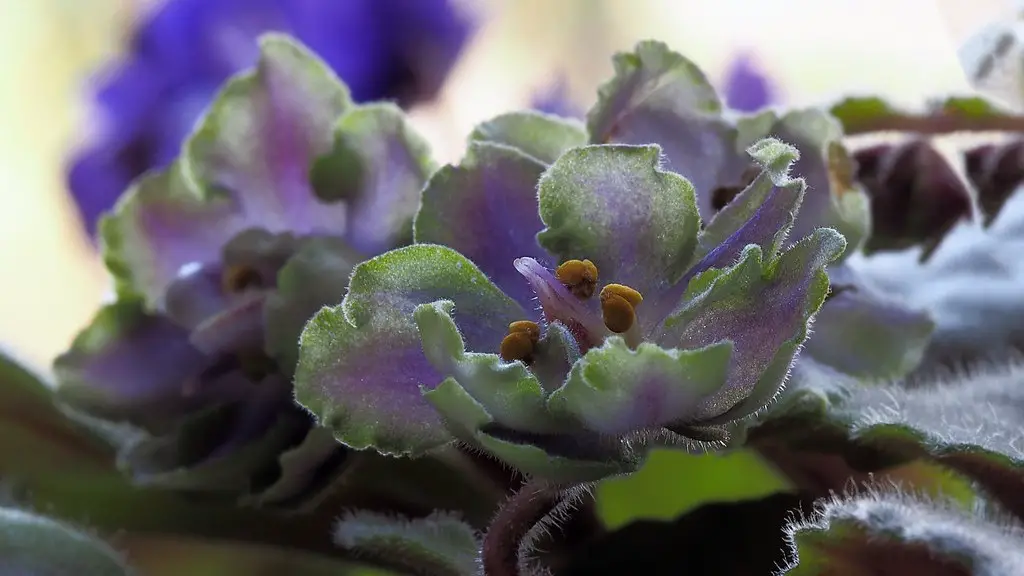In order to take care of a calla lily plant indoor, there are a few things that need to be done. The calla lily plant prefers filtered sunlight and humid conditions. When watering, be sure to water at the base of the plant and not to get the leaves wet. Too much water can cause the plant to rot. Allow the top layer of soil to dry in between watering. Fertilize once a month using a water-soluble fertilizer.
Water the Calla Lily plant when the top of the soil feels dry to the touch. The plant prefers to be moist, but not wet, so be sure to not overwater it. It is best to use tepid water when watering the Calla Lily. Place the Calla Lily in an area of your home that receives indirect sunlight. too much direct sunlight can scorch the leaves of the plant. The plant prefers warm temperatures and can tolerate temperatures as low as 50 degrees Fahrenheit. Fertilize the Calla Lily every 2-3 weeks with a general purpose fertilizer. Be sure to follow the directions on the fertilizer packaging.
How long do calla lilies last indoors?
Cutting gardens are a great way to add some color to your home. Calla lilies are a great choice for a cutting garden because they are easy to arrange and can last for up to two weeks in a vase.
Calla lilies are beautiful plants that are native to South Africa. They are grown from rhizomes, and have long, slender leaves and large, showy flowers. Calla lilies are often grown as houseplants, or in gardens as annuals.
It is important not to water calla lilies too heavily, especially after initially planting them. Once the rhizomes are established, you can water the plants once a week, or more frequently if experiencing especially hot or drought-like conditions.
Can calla lilies survive indoors
The Calla Lily is a beautiful plant that can thrive indoors if given the proper care. The key to keeping this rhizome happy is to provide it with the correct growing conditions. Some things to keep in mind include making sure the plant has enough light and water, and that the soil is well-drained. With a little attention, the Calla Lily can make a stunning addition to any indoor space.
If your calla lilies are wilting or the roots are rotting, it may be due to oversaturation. This can be caused by factors such as excessive rainfall, poor drainage, or overwatering. If you find your lilies sitting in puddles or with mushrooms growing beside them, it’s likely that the soil is compacted and draining poorly.
Do calla lilies do well in pots?
Most growers are familiar with the fact that callas can be grown as a pot plant or cut flower. However, fewer growers are aware that some cultivars also work well in bedding plant programs, upscale patio containers, or as specialty cut flowers. This makes callas a versatile plant that can be used in a variety of ways to add interest and beauty to any landscape.
If you want your calla lily plant to bloom again, follow these simple steps. First, place it in a cool (not cold) dark place for two months. Then, bring it back out into the light and resume watering it. The foliage will regrow and your calla lily plant will start to bloom shortly thereafter.
How can you tell if a calla lily is overwatered?
You should avoid letting puddles of water form around the base of your calla lily plant, as this can lead to the roots rotting and the plant contracting diseases. Also, too much moisture will cause the leaves to wither.
If you are notice your calla lily’s leaves are yellowing, wilting, or growth is stunted, it is likely due to a lack of water. Calla lilies are water lovers and need to be kept moist in order to thrive. Make sure to check the soil moisture levels regularly and water as needed to keep the soil moist but not soggy. If the problem persists, consider moving the plant to a location that receives more direct sunlight as this will also help with water absorption.
How long can a calla lily go without water
Hand-tied calla lily bouquets can last up to 24 hours without being in water. Be sure to check the water level and replenish as needed. You can also seal the ends of the stems to help prolong their freshness.
Calla lilies are a beautiful addition to any garden, and with proper care, they can thrive for years. After the blooms have died, allow the rhizomes to dry out completely. Then, store them in a cool, dry place, such as a basement or garage. Be sure to wrap them in newspaper or a paper bag to protect them from the elements. With proper care, your calla lilies will return year after year.
Why is my indoor calla lily not flowering?
If your calla lilies do not bloom, the potential reasons include:
-Excess nitrogen in the soil
-Not enough moisture
-Too much shade
-Inadequate dormancy periods (should last at least 2-3 months)
-Foliage removed too early (preventing the plant from storing enough energy)
-Deficient calla lily rhizomes
-Incorrect planting depth
I have a pond garden here so I have my calla lilies I got my severan iris and so forth but my calla lilies are just starting to come up and I have tons of little frogs that live in my pond and they are so cute to watch but my problem is that the deer come in and eat everything in sight so now I have to be really careful what I put in my garden because if the deer eat it then it’s just a waste of time and money
Why do calla lilies cry
Guttation is a process where plants release water droplets from their leaves. This is usually a sign of an over-watered plant, since the saturated roots pressure the rest of the plant. This pressure forces the plant to exude its excess moisture (and nutrients) in the form of sap. Cut back on watering, and your plant should stop releasing sap.
When the calla lily flower begins to die, it will roll up into a tube and often turn green on the outside. These spent blossoms on calla lily plants are done and have no purpose, so they should be clipped off. This is different than many other plants, which will drop their petals when they are done blooming.
Why are the tips of my calla lily leaves turning brown?
If the leaf tips of your calla lily are turning brown, you may be overwatering. Brown leaf tips may also signal excessive fertilizer. Cut back on both water and fertilizer to see if that helps the plant.
Calla lilies are a beautiful addition to any garden, but it’s important to take care of them properly in order to keep them healthy and happy. If the leaves on the plant have very dark tips, it’s a sign that you’re using too much fertilizer. Cut back on the fertilizer and add coffee grounds between fertilizing rounds around the base of the plants to encourage growth. Calla lilies like acidic soil, so the coffee grounds will help to keep the pH levels where they need to be.
Why is my calla lily yellow and drooping
If you notice your calla lily plant drooping, it is likely due to either too much or too little water. If the plant is over-watered, the excess water can cause the heavy calla lily flower to droop. On the other hand, if the plant is under-watered, the lack of water can also cause the flower to droop. In addition, drooping calla lilies may also be caused by excess nitrogen or a fungal rot disease.
The best time to transplant calla lilies (Zantedeschia aethiopica) is in the spring after all danger of frost has passed and the soil is beginning to warm Choose a location with organically rich soil that holds moisture well Callas grow well in low, moist areas where most other rhizomes would suffer from root rot.
Final Words
To take care of a calla lily plant indoor, water it when the top 1-2 inches of soil are dry and fertilize it monthly. Place the plant in a spot with bright, indirect light and keep the temperature around 65-75 degrees Fahrenheit.
Calla lilies are one of the most popular flowering plants, and they make a beautiful addition to any indoor space. Here are a few tips on how to take care of your calla lily plant indoors:
– water your plant regularly, making sure to keep the soil moist but not soggy
– place your plant in a bright spot, but out of direct sunlight
– fertilize your plant every few weeks with a general-purpose fertilizer
With a little care and attention, your indoor calla lily plant will thrive and provide you with beautiful flowers all year long!





